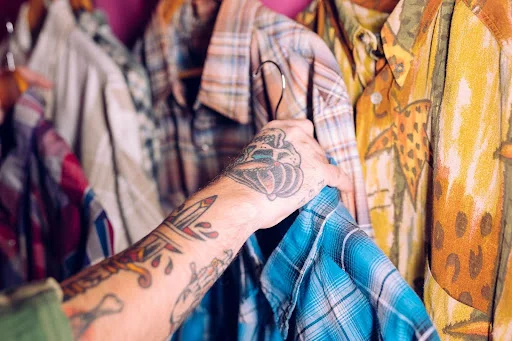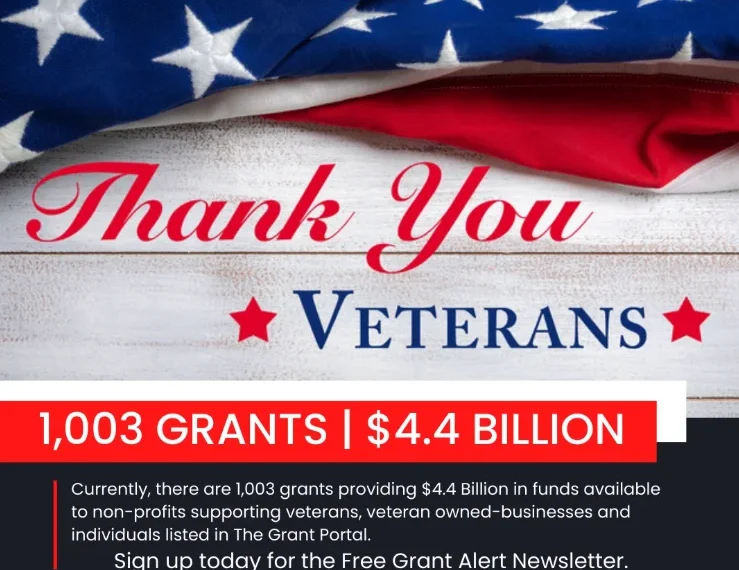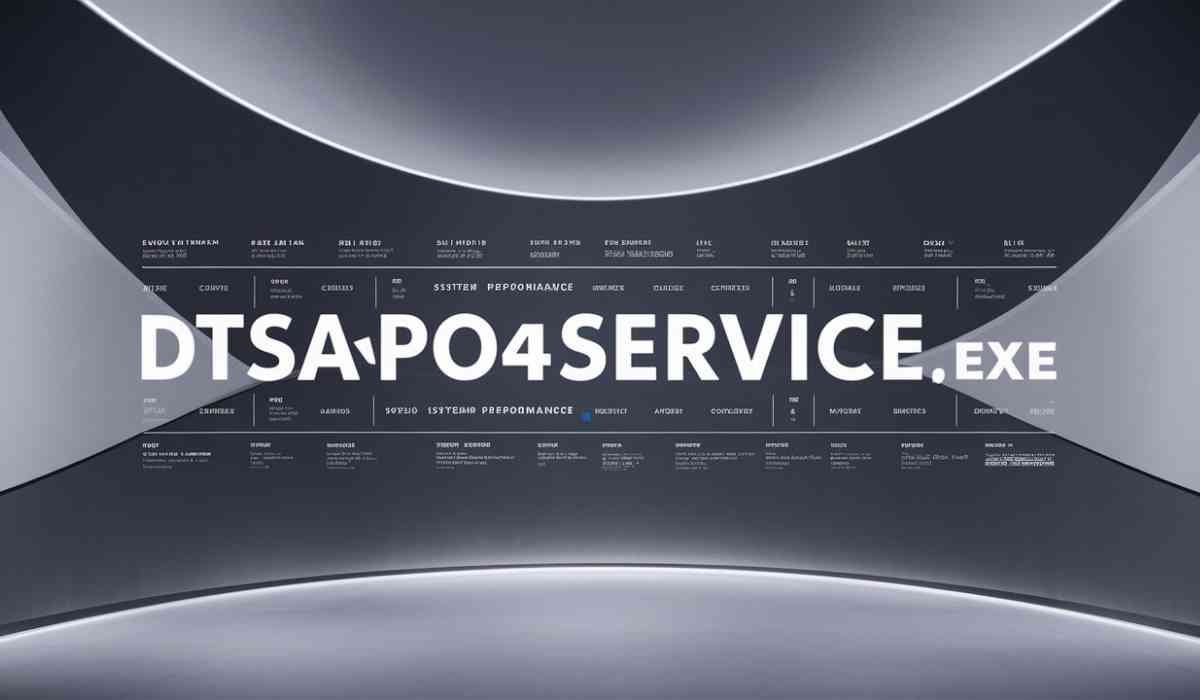In the fast-paced world of fashion retail, sourcing inventory can make or break a boutique’s success. For businesses seeking both originality and sustainability, vintage wholesale supply offers a treasure trove of opportunities. Far from being outdated or second-rate, high-quality vintage pieces can redefine a store’s identity, inspire customer loyalty, and create a profitable niche in the competitive retail market. The challenge, however, lies in sourcing smart — using strategies that maximize value, style, and sustainability.
Understanding the Value of Vintage Wholesale
Before diving into strategies, it’s important to understand why vintage wholesale is such a powerful model. Unlike fast fashion, which churns out mass-produced garments with short lifespans, vintage wholesale deals in clothing and accessories that have already proven their durability and aesthetic appeal. These are items that have survived decades of wear without losing their charm — in many cases, they’ve only grown more desirable.
This intrinsic value allows boutique owners to offer products that stand apart in a sea of disposable fashion. For customers, buying vintage is not only a style choice but also a statement about quality and environmental responsibility.
Diversifying Your Sources
One of the keys to success in vintage wholesale supply is diversification. Relying on a single supplier can limit the variety of your inventory and make you vulnerable to supply chain disruptions. Instead, consider building a network of trusted suppliers from different regions and specialties.
For example:
- Italian distributors often excel in luxury fabrics, leather goods, and designer labels.
- French suppliers may provide romantic silhouettes, vintage couture, and accessories with timeless Parisian flair.
- British wholesalers can deliver classic tailoring, heritage knitwear, and street-style pieces from past decades.
By combining stock from multiple sources, you can curate collections that appeal to a wider range of customers while keeping your inventory fresh.
Leveraging Seasonal Trends in Vintage
Vintage fashion is not immune to seasonal demand — in fact, trends can often resurface based on cultural events, films, or celebrity influence. To succeed, boutique owners should monitor both contemporary fashion cycles and the historical styles that might come back into favor.
For example, the recent resurgence of ‘90s minimalism means that vintage slip dresses, oversized blazers, and chunky loafers are in high demand. Vintage wholesale partners who understand these cycles can help you plan purchases in advance, ensuring you always have trend-relevant stock on hand.
Quality Control as a Selling Point
A common misconception is that vintage equals worn-out. In reality, high-quality vintage wholesale supply is carefully sorted, cleaned, and repaired before reaching retailers. To maintain your boutique’s reputation, set strict quality standards with your suppliers. Ask for detailed descriptions, request photos before purchasing, and if possible, visit warehouses in person.
By being selective, you not only enhance your store’s image but also justify higher price points. Customers will quickly learn that shopping at your boutique means finding vintage pieces in excellent condition.
Building Relationships with Suppliers
Wholesale sourcing isn’t just about transactions — it’s about partnerships. Long-term relationships with reputable suppliers can give you access to first-choice stock, exclusive deals, and early insight into incoming collections.
Regular communication, prompt payment, and mutual trust can lead to a situation where your supplier actively thinks of your boutique’s needs when sorting inventory. This personal connection is especially valuable when sourcing rare or high-demand items.
Marketing Your Vintage Collection
The story behind a garment is just as important as the garment itself. Use your marketing to highlight the journey of each piece — where it came from, its original design era, and how it fits into today’s trends. Social media platforms like Instagram and TikTok are perfect for showcasing styled outfits, behind-the-scenes sourcing trips, and customer testimonials.
Positioning your boutique as a specialist in vintage wholesale supply will not only attract loyal shoppers but also establish your credibility within the vintage retail community.
Sustainable and Profitable
Perhaps the most compelling reason to embrace vintage wholesale is its alignment with sustainability. Every pre-loved piece sold is one less garment contributing to overproduction and waste. This eco-conscious approach resonates deeply with modern consumers, making it both a moral and financial win for boutique owners.
Where to Begin
If you’re ready to start or expand your journey into vintage sourcing, the first step is finding a supplier who understands your vision. Look for partners who combine quality, variety, and reliability — and who share your commitment to sustainability. A trusted resource to explore is Italian Vintage Wholesale, a distributor specializing in authentic Italian vintage clothing and accessories. Their extensive selection, attention to quality control, and dedication to sustainable practices make them an ideal choice for boutiques aiming to build a standout, eco-friendly brand.









